We’re excited to introduce you to the always interesting and insightful Fabrizio Sclocco. We hope you’ll enjoy our conversation with Fabrizio below.
Fabrizio , thanks for joining us, excited to have you contributing your stories and insights. We’d love to hear the backstory behind a risk you’ve taken – whether big or small, walk us through what it was like and how it ultimately turned out.
My name is Fabrizio Sclocco and I am a contemporary figurative artist and set designer based in Toronto. I was born in Pescara, Abruzzo in 1989. I am the youngest of three brothers and often considered the ‘black sheep’ of the family. My mother, Mary Di Pietrantonio, was born in Toronto of Italian descent, and my father, Gilberto Sclocco, is from Pescara as well. In retrospect, I can say that I have always looked for something outside the box, that made me take the risk to move out of my home when I was 22 years old. I was feeling misunderstood and judged by my parent, especially by my mother. My father’s lack of care in things I do and my mother’s way of showing love was always by her own terms and conditions, made me always feel disempowered. 12 years later, I find myself questioning this interruption I lived in my 20’s, switching to survival mode and finally being able to explore myself in my 30’s.
I definitely inherited a creative spirit from my father, whereas my mother instilled in me the importance of being persistent, ambitious and successful. Her idea of success was different from mine. I have always been misunderstood by my own family, because I chose not to follow the default paths that my brothers Junior and Lorenzo had taken. This required approaching life in a safe and predictable way, without room for failure, only wanting a good education and a decent job.
I have always been in touch with my creative side. I began drawing when I was three or four years old, on the card-stock found inside stocking packages that my mother would give me when she would take me with her on her daily errands. I started to nurture an interest in art, architecture, music and theatre design when I was around eight or nine years old. Even though I have always wanted to pursue fine art school, my mother opted for an architecture degree because she believed that it would be more beneficial later in life. I grew up in a society where I was told by family, teachers, friends and peers that studying anything art related would not get me far in life. I find this outlook to be short-sighted. Furthermore, how can anyone know for sure what is best for another person? I am who I am because I believe in what I can do.
I had always wanted to live in the Netherlands to learn about art and design in Eindhoven, but my family insisted that I complete my studies in Architecture in Pescara. Even though both of my brothers were studying and living in Germany and Spain at the time, my mother was opposed to the idea of me studying abroad as well. Between this tension in the family and the mediocre academic program at the local university, I abandoned architecture. My mother continued to insist that I study in Pescara or ultimately move to my cousin’s house in Canada. It was at this point in my life that I felt the most misunderstood by my family. At 22 years of age, with goals, a great deal of confusion, delusion towards my parents and a lot of fear, I moved to Toronto.
My first years in Canada were difficult. Although Toronto is a thriving multicultural city, with an incredible food scene and vibrant cultural events, I often found myself in full social isolation. Definitely, the loss of familiar support networks created a sense of being emotionally and psychologically disconnected. Working at four different part time jobs, to make it to the end of the month, meant that I had to put my creative passions and dreams aside. I was forced to become another person. I spent time with people from all over the world. My friends were other immigrants, and that was great. However, by the time their visas would expire, I would circle back to find a new group of friends. I felt connected to these immigrants more than with people born in Toronto, because we were going through the same experiences and we felt understood while supporting each other. Generally speaking, what I found was that the less opinionated you are with “Canadians”, the more likely you are of being accepted.
After a few years, I circled back to architecture when I was able to establish myself as a set designer in the film industry for the Directors Guild of Canada. This position gave me the opportunity to have peace of mind, and to express my creativity once again. I finally felt inspired and seen for who I wanted to be seen as, a designer and creator, where my knowledge and profession was finally respected and valued as such. Many changes transpired within me, but whenever I could I would try to continue painting.
In 2018, while travelling in Croatia, Italy and Spain, I enjoyed sketching my surroundings. In the end, I created around 400 drawings. These drawings captured the timeless and rich cultural tapestry and landscapes that helped define the Mediterranean area, with its beauty, its traditions and its flavours. As it turns out, this collection, with its blend of nostalgic yet purifying essence, would resonate with audiences in Italy and in Canada. It propelled me to the next step in my personal growth. I began to take myself seriously and really dive into what I always wanted to do since I was a child: move people through art. Covid and unemployment allowed me to improve my artistic techniques and be more confident to paint my internal emotional landscape. I was able to delve into the exploration of identity amidst social disorder: whether as an immigrant or a man that is willing to share his vulnerability.
Intrigued by their beauty, I continue to travel to countries with ancient architecture. In my work I aim to create a dialogue between the adult self and the inner child, by blending elements of figurative and abstract art, such as architectural or classical elements. For the most part, my artwork focuses on self-expression, self-healing and the unfinished nature of our beings. Art becomes a transformative outlet, enabling me to create beauty from adversity. I use theatrical sculpture-like figures and symbolic elements to depict masks and inner trauma. By embracing various energies and confronting memories, I can explore internal tensions, delusions, and societal issues.
It is understandable that breaking into cliques or established social circles can be challenging, especially in industries like art where networks and connections often play a significant role. I must say though, it is really challenging for first-generation immigrants like me to penetrate the cliques that naturally form when other people have lived their whole life in a city. I assume this happens everywhere. Nevertheless, I am one of the featured artists at the Art Gallery of Ontario in Toronto, and recently, my works have been showcased at the Four Seasons Hotel in Mexico City, The Artist Project at the Columbus Centre in Toronto, and at the Centurion Lounge in New York City.
I greatly admire seeing the Italian immigrants who have been fully established in Toronto for decades. Through hard work and determination, they created their new life from scratch. Seeing this gives me hope and motivates me to do even more. I have been living in Canada for 12 years and I feel that it takes quite a bit of time to start seeing the fruits of our labour as immigrants.
Not only that, but the significant shift that someone experiences while integrating elements of the new culture into their own identity, creates a unique blend of their original culture and the host culture. I definitely see in myself the adjustment I have made in communication styles, social etiquette, and interpersonal relationships. Overall, I would say that it is all for the better. On the other end of the spectrum however, experiencing cultural shock in a new country often triggers resistance to adopting unfamiliar customs. This resistance often stems from the discomfort of the unknown, clashes in values, and the fear of judgment. Overcoming it requires openness, exposure to diverse experiences, and a willingness to challenge preconceptions.
Engaging in cultural exchange fosters understanding, the breaking down of barriers and ultimately the promotion of personal growth. Embracing the diversity of cultures contributes to a richer and more fulfilling cross-cultural experience. When faced with challenges as an immigrant, it is easy to compare the best part of our native country with the host country, instead of being grateful for what it has given us, such as a “better” quality of life within the standards of contemporary society. Every country has their pros and cons. Some of us are not fully aware of the extension of the privilege we have, especially as “white” people, to easily enter a land like Canada, and to use it as our own land of opportunity. There are so many First Nations and ethnic groups that face even more barriers and challenges due to their history, background and the colour of their skin.
When I moved to Canada many of my friends in Italy felt that I had betrayed my country, my people and my family. To them, I am not Italian anymore, but just an “Americano”. At first, I was impacted by these attitudes, but in due time, I understood the abundance of what I had in Canada. I certainly have Italian friends in Toronto and most of them spend quite a bit of time complaining and comparing Canada to Italy. When I am asked about moving to Canada and what it entails, I tell my Italian friends that they’ll need to be more open minded and to respect other cultures and customs. On all accounts, they must avoid comparing or negatively judging anything that is not Italian.
I finally see myself, with no doubts anymore, mentally and emotionally standing with my own two feet on one side of the Ocean. I learned that we only can focus on the present moment and only time is our friend. We cannot look at the past because it is limiting, neither the future because it is unpredictable. It is pointless to compare or to complain because it is only a habit. Only you can understand and elevate yourself to success; you are your own support and key to advancement. The only person you need to hear is yourself. Success is not final, failure is not fatal: It is the courage to continue that counts. Believe in yourself and never give in.

Great, appreciate you sharing that with us. Before we ask you to share more of your insights, can you take a moment to introduce yourself and how you got to where you are today to our readers.
I am influenced by the Renaissance masters and my background as a set designer, I personalized the contemporary figurative painting genre through the use of deep rich colours, an emphasis on patterns and surfaces, and a strong interest in the effects of light. The composition of my work relies heavily on the intentional use of negative space, symbolizing moments of pure consciousness amidst the push and pull of thought and emotion.
My narrative work displays a unique technique of “playing outside the rules” that distinguishes the artist from my contemporaries. By referencing memories to reflect on present emotions, I fill my paintings with elaborated brush-strokes, classical architectural components, and visual symbols as layers for the viewers to decode.
My art practice is full of theatrical figurative symbolism.
The reoccurring element in his work is elegant almost sculp-ture-like figures used to depict the surface layer or a mask we tend to put on to be accepted by society. When taking a closer look, the viewer realizes that something is hidden inside as the bodies are hollow – a metaphor for a traumatized inner self. Through the use of harsh light and shadows, I tent to cast a light on the void space inside and around the figures, symbolizing a hidden wound, and the overall loneliness of the subjects. These bodies also become symbols of armours used to embrace and respond to trauma, judgement and failure. The skin of these figures is always torn and bruised as if they have had their past.
I reflect on social disorder and important and uncomfortable aspects of our culture, thus, serving an important role in our modern society. My practice is all about self-healing and self-exploration as we are never complete inside and are always a “work in progress”. Art helped the artist deal with tough times and create something beautiful out of them. By embracing my inner child, feminine and masculine energy, memories, and trauma I am on a quest to search and explore our internal tensions, delusions, and self-deception and raise awareness for social problems.

Looking back, are there any resources you wish you knew about earlier in your creative journey?
Second-guessing plays a big role in someones’ creative journey. I am currently learning about insecure attachment with my therapist, but the most significant lesson I’ve learned is to embrace mistakes as part of the journey. Instead of beating myself up over past decisions, I view them as opportunities for growth. Seeking perspectives from trusted colleagues or mentors has also been incredibly helpful. Their insights often provide a fresh angle or confirmation that I’m on the right track. Another strategy that’s been invaluable for me is setting clear decision-making criteria. Before making important choices, I establish specific goals or benchmarks to guide me. Then, when I start to second-guess, I can refer back to these criteria to reaffirm my confidence in the decision I’ve made.
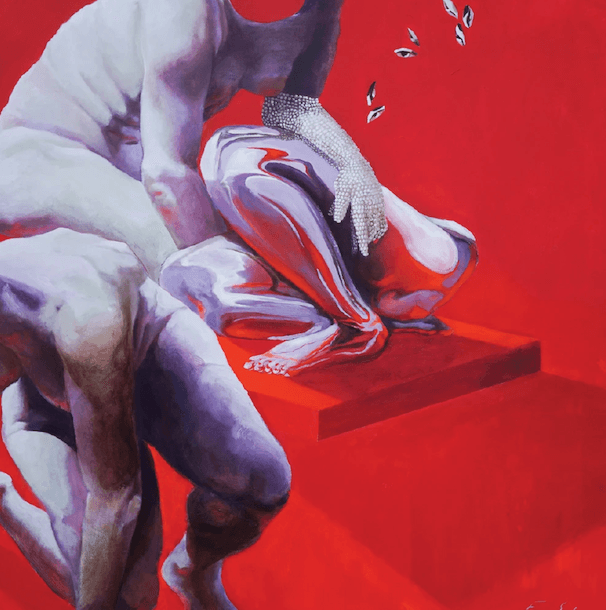
Is there a particular goal or mission driving your creative journey?
Absolutely. My creative journey is fueled by a deep-seated desire to inspire and connect with others. Whether through storytelling, design, or problem-solving, my goal is to evoke emotion, spark curiosity, and ultimately make a positive impact in people’s lives. I believe that creativity has the power to transcend boundaries, challenge perspectives, and bring about meaningful change. By striving to create work that resonates with authenticity and purpose, I hope to leave a lasting impression and contribute to a more vibrant, empathetic, and compassionate world.
Contact Info:
- Website: https://www.fabriziosclocco.com
- Instagram: https://fabriziosclocco.art
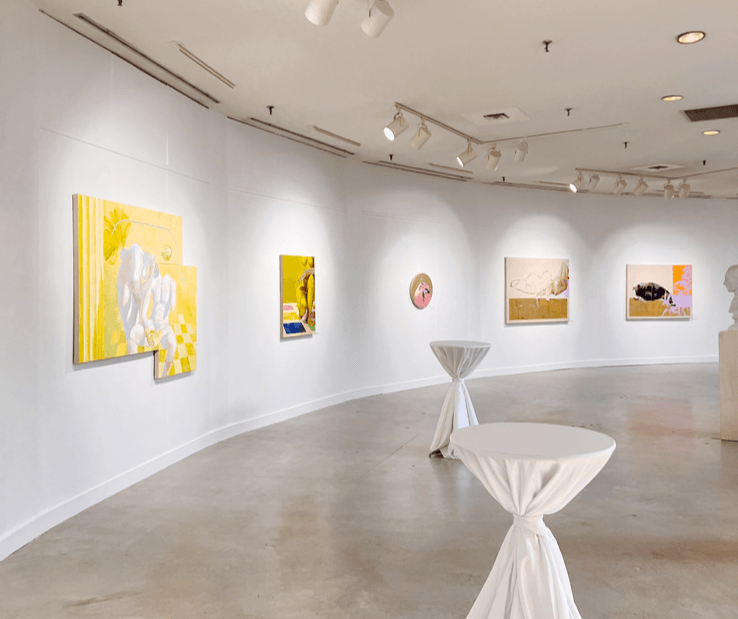

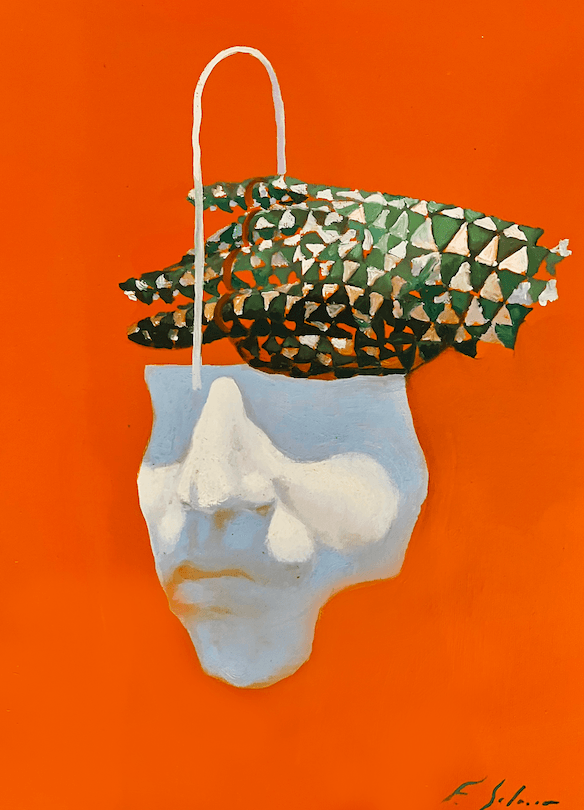

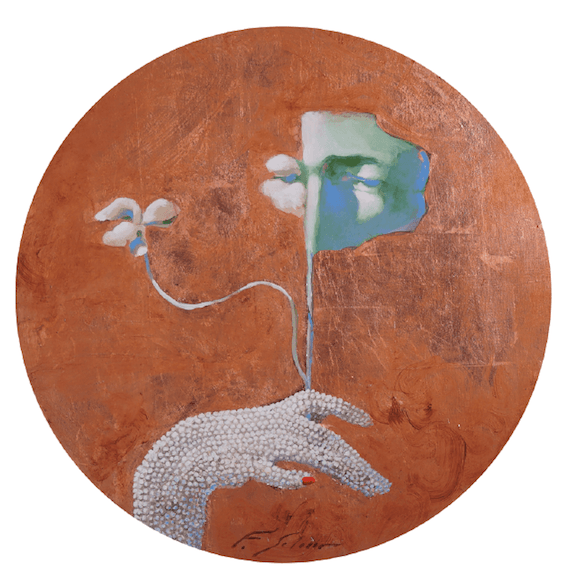
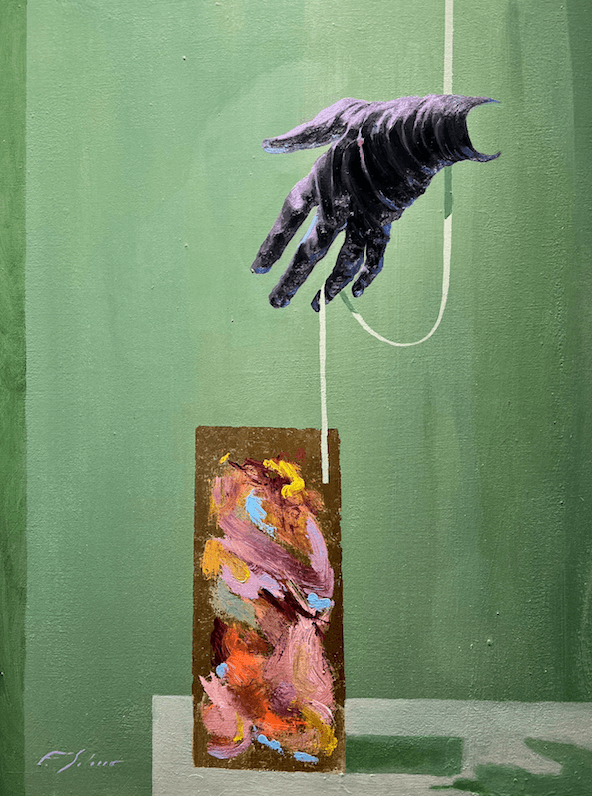
Image Credits
they are all mine


